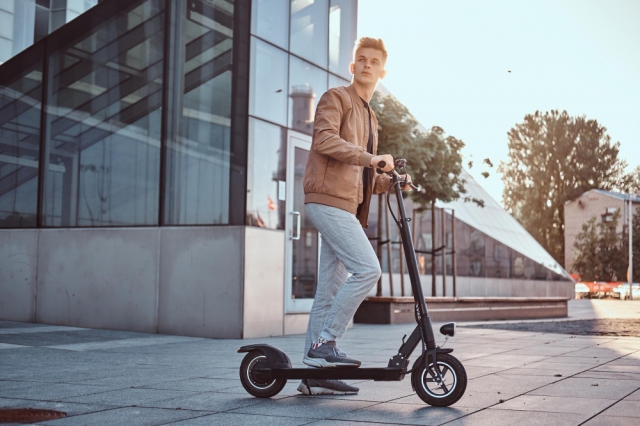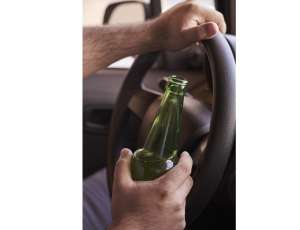Safety is naturally a key concern in the powerchair market. In the UK, of the almost 1,000,000 mobility scooter users, accident statistics compiled by the Department for Transport show that, in 2022, there were only 279 reported instances of injury, which represents less than 0.03% of the scooter user population. This suggests a very high safety rate compared to other forms of transportation, and this article offers several tips for maximising your level of safety when driving a powerchair.
Be visible
One of the most important things is to make sure people can see you and you can see them. Even a brightly coloured vehicle might not be easily visible at night-time or when other people are distracted on the move. Wearing high visibility, reflective clothing is recommended, as is adding fluorescent markings and strips to the scooter. Of course, ensure nothing is obstructing your vision and you can see everything around you.
Scooter lights and indicators
Your lights are essential for mobility scooter safety. Your lights should always be on, but especially in poor weather and in the evenings. Indicators should also be used so that people know what direction you are heading in, and your hazard lights are there to indicate that you cannot move for any reason – just remember to turn them off once you start moving again.
Battery charging
It is advisable to charge your powerchair before every trip to reduce the risk of the battery running out and you being stranded. Doing this is useful, too, because it gets you familiar with how long your battery typically lasts on a full charge. It is worth remembering that your battery life depends on the type and condition of the battery, the weight you carry and the kind of route you take.
Battery tips:
- Batteries don’t like cold temperatures - without a regular charge, they gradually lose their ability to provide their maximum range.
- Overcharging is a common cause of shortened lifespans, and it is the main cause of battery faults. After around 8 hours (overnight) of charging, batteries will reach their maximum capacity. Once you have completed a charge cycle, simply turn off the charger and disconnect it from your scooters/batteries.
- Always remember to use the correct charger. Different mobility scooters and battery sizes work with different chargers. It is important to always use the correct manufacturer’s charger. Even if you think the battery is charging with a different charger, it is likely you are damaging it in the process.
Regular maintenance
Looking after your scooter is key to keeping it safe. An annual service is a minimum, but you should also do your own checks on tyre pressure and lights before heading out. Any part not working properly should be replaced.
Pedestrians’ right of way
Pedestrians always have a right of way when you are riding on the pavement, and so give way to them when you are on a footpath even if your vehicle may move faster than them. Don’t honk your horn at them to overtake.
In crowded spaces, spatial awareness is important for mobility scooter safety. Take it slow, resist any road rage, be aware of what’s around you and make sure that pedestrians are aware of you too by saying ‘excuse me’ or letting them know you’re there.
Other mobility scooter safety tips:
- Never overload your scooter with shopping or other goods
- Make sure you use a basket for shopping rather than your footwell
- Keep your personal belongings where you can see them to keep them secure
- Avoid loose fitting clothes that could get caught and don’t hang anything off your handlebars
- Don’t carry another person or your pet with you on the scooter and don’t walk your pet either






